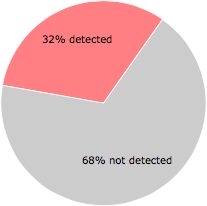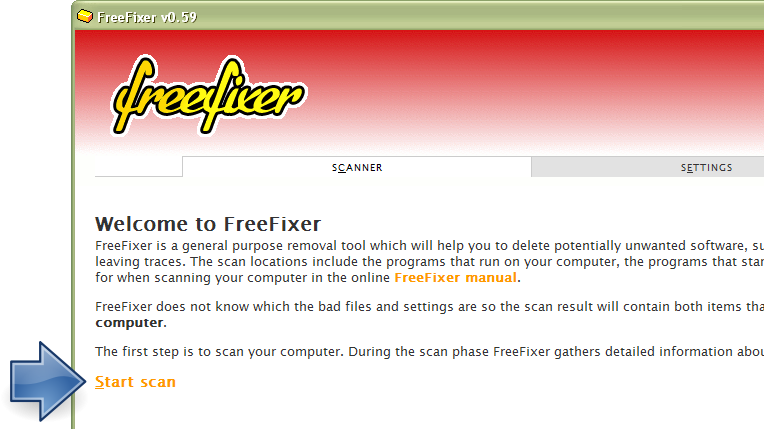What is sysapcrt.dll?
sysapcrt.dll is digitally signed by AZTEC MEDIA INC..
sysapcrt.dll is usually located in the 'C:\Program Files\Settings Manager\smdmf\' folder.
Some of the anti-virus scanners at VirusTotal detected sysapcrt.dll.
If you have additional information about the file, please share it with the FreeFixer users by posting a comment at the bottom of this page.
Digital signatures [?]
sysapcrt.dll has a valid digital signature.
| Property | Value |
|---|---|
| Signer name | AZTEC MEDIA INC. |
| Certificate issuer name | Thawte Code Signing CA - G2 |
| Certificate serial number | 7de0d719bbaf922d3a980dbd523b959a |
VirusTotal report
18 of the 56 anti-virus programs at VirusTotal detected the sysapcrt.dll file. That's a 32% detection rate.
| Scanner | Detection Name |
|---|---|
| Antiy-AVL | RiskWare[WebToolbar:not-a-virus]/Win64.SearchSuite |
| Baidu-International | Adware.Win32.SearchSuite.BQ |
| Comodo | UnclassifiedMalware |
| ESET-NOD32 | a variant of Win32/Toolbar.SearchSuite.C |
| F-Prot | W32/SearchSuite.A.gen!Eldorado |
| Fortinet | Riskware/SearchSuite |
| GData | Win32.Application.AztecSystemK.B |
| K7AntiVirus | Unwanted-Program ( 0040f8e31 ) |
| K7GW | Unwanted-Program ( 0040f8e31 ) |
| Kaspersky | not-a-virus:WebToolbar.Win64.SearchSuite.e |
| McAfee | SearchSuite |
| McAfee-GW-Edition | SearchSuite |
| Panda | Trj/CI.A |
| Qihoo-360 | HEUR/QVM30.1.Malware.Gen |
| Sophos | SearchSuite |
| Symantec | Trojan.Semnager |
| TrendMicro-HouseCall | Suspicious_GEN.F47V1215 |
| Zillya | Adware.SearchSuite.Win64.704 |
sysapcrt.dll removal instructions
The instructions below shows how to remove sysapcrt.dll with help from the FreeFixer removal tool. Basically, you install FreeFixer, scan your computer, check the sysapcrt.dll file for removal, restart your computer and scan it again to verify that sysapcrt.dll has been successfully removed. Here are the removal instructions in more detail:
- Download and install FreeFixer: http://www.freefixer.com/download.html
- When the scan is finished, locate sysapcrt.dll in the scan result and tick the checkbox next to the sysapcrt.dll file. Do not check any other file for removal unless you are 100% sure you want to delete it. Tip: Press CTRL-F to open up FreeFixer's search dialog to quickly locate sysapcrt.dll in the scan result.



 C:\Program Files\Settings Manager\smdmf\sysapcrt.dll
C:\Program Files\Settings Manager\smdmf\sysapcrt.dll 
- Restart your computer.
- Start FreeFixer and scan your computer again. If sysapcrt.dll still remains in the scan result, proceed with the next step. If sysapcrt.dll is gone from the scan result you're done.
- If sysapcrt.dll still remains in the scan result, check its checkbox again in the scan result and click Fix.
- Restart your computer.
- Start FreeFixer and scan your computer again. Verify that sysapcrt.dll no longer appear in the scan result.
Other files also named sysapcrt.dll
sysapcrt.dll (1398 votes)
Hashes [?]
| Property | Value |
|---|---|
| MD5 | 0d516f0df3536a165ca88674b1400a03 |
| SHA256 | b04502ff06ed2662cd5295e7617cd42c61b47c5d7026ffb12eee660bc7b7cb52 |
What will you do with sysapcrt.dll?
To help other users, please let us know what you will do with sysapcrt.dll:
What did other users do?
The poll result listed below shows what users chose to do with sysapcrt.dll. 100% have voted for removal. Based on votes from 1 user.
| Votes | |||
|---|---|---|---|
| Keep | 0 % | 0 | |
| Remove | 100 % | 1 |
NOTE: Please do not use this poll as the only source of input to determine what you will do with sysapcrt.dll. Only 1 user has voted so far so it does not offer a high degree of confidence.
Comments
Please share with the other users what you think about this file. What does this file do? Is it legitimate or something that your computer is better without? Do you know how it was installed on your system? Did you install it yourself or did it come bundled with some other software? Is it running smoothly or do you get some error message? Any information that will help to document this file is welcome. Thank you for your contributions.
I'm reading all new comments so don't hesitate to post a question about the file. If I don't have the answer perhaps another user can help you.
No comments posted yet.


